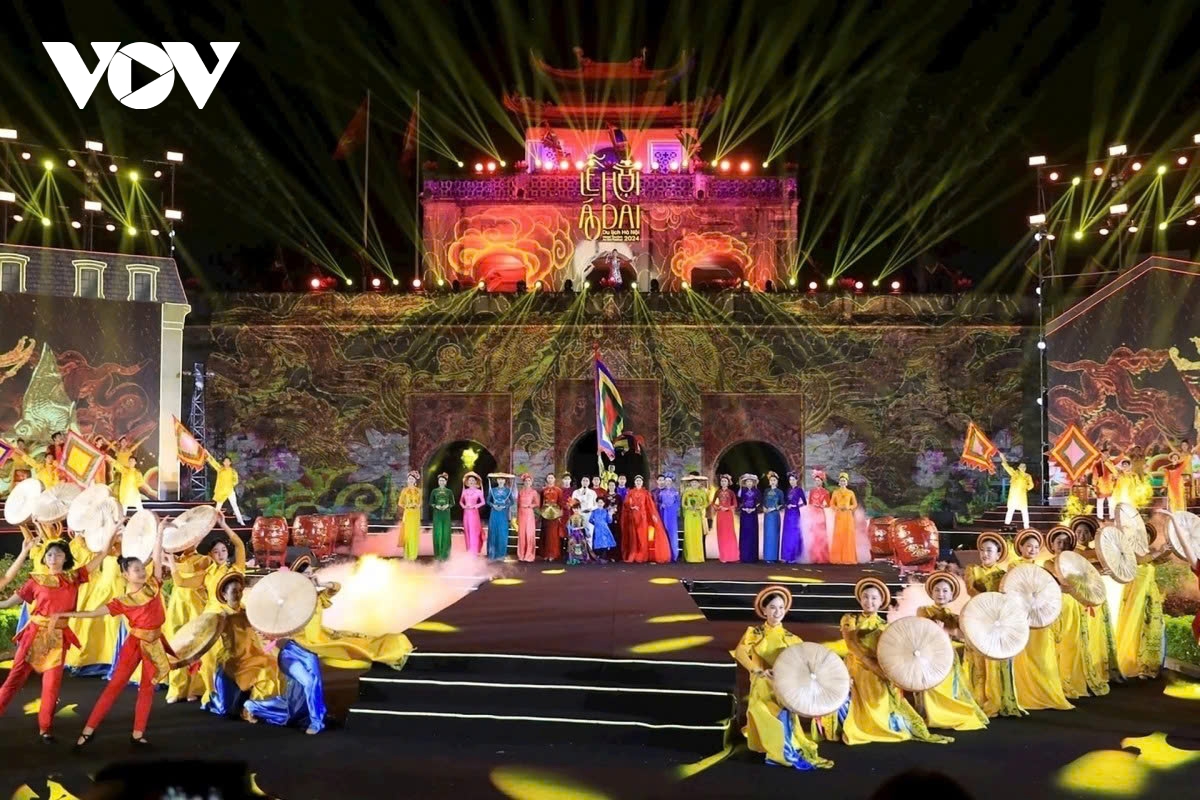Five-year cultural industries development strategy gets the go-ahead
VOV.VN - Prime Minister Pham Minh Chinh has signed a decision approving the Strategy for the Development of Vietnam’s Cultural Industries to 2030, with a Vision to 2045.

The strategy identifies 10 cultural industries: film; fine arts, photography and exhibitions; performing arts; software and entertainment games; advertising; handicrafts; cultural tourism; creative design; television and radio; and publishing. These industries produce creative, technology-driven, and intellectual property-based products that meet cultural consumption needs while supporting international integration and sustainable development.
The overarching goal is to transform cultural industries into an important economic sector with strong growth, increased cultural product exports, and greater international promotion of Vietnam’s cultural identity, heritage, and creativity. A key focus is the development of the entertainment industry to meet the diverse needs of the public and tourists while strengthening national soft power.
By 2030, Vietnam aims for cultural industries to achieve an average annual growth rate of around 10%, contributing 7% of national GDP. The workforce in cultural industries is expected to grow 10% per year, accounting for 6% of total national employment.
The number of enterprises operating in the cultural industries is also projected to increase by 10% annually, while export value of cultural products is expected to grow 7% per year. At the same time, most cultural industry centres, creative spaces, and cultural complexes will be modernised, well-planned, and connected to local and national branding.

By 2045, Vietnam targets the sustainable development of its cultural industries, with revenue contributing 9% of GDP and employment reaching 8% of the national workforce.
Digital cultural products are expected to make up over 80% of total cultural output. Export value is projected to grow an average of 9% per year, enabling Vietnam to become a leading cultural and entertainment hub in Asia and to secure its position on the global cultural industry map.
The strategy emphasises the need to develop cultural industries based on the unique strengths of each locality, especially within major economic regions. Several provinces and cities with favourable conditions will be designated as regional cultural industry hubs. Vietnam also plans to develop a modern cultural business ecosystem that links creativity, production, marketing, distribution, and intellectual property protection.

From now until 2030, Vietnamese cultural products will primarily meet domestic market demands while expanding exports, especially to countries with large Vietnamese communities. Toward 2045, cultural products will be developed with a focus on professionalism, innovation, and strong international competitiveness.
Investments will be injected into six priority industries - film, performing arts, software and entertainment games, advertising, handicrafts, and cultural tourism.
The strategy outlines major tasks such as raising public awareness of cultural industries, improving legal frameworks and policies, developing human resources, investing in infrastructure, promoting innovation and digital transformation, expanding domestic and international markets, and strengthening intellectual property protection.
Under the strategy, the Ministry of Culture, Sports and Tourism is tasked with leading the implementation of the strategy, guiding ministries, agencies, and localities in formulating action plans, improving policy mechanisms, and building national databases on cultural industries. It will also develop legal documents related to cultural industries management and coordinate with relevant ministries in building synchronised data systems and statistical indicators.





